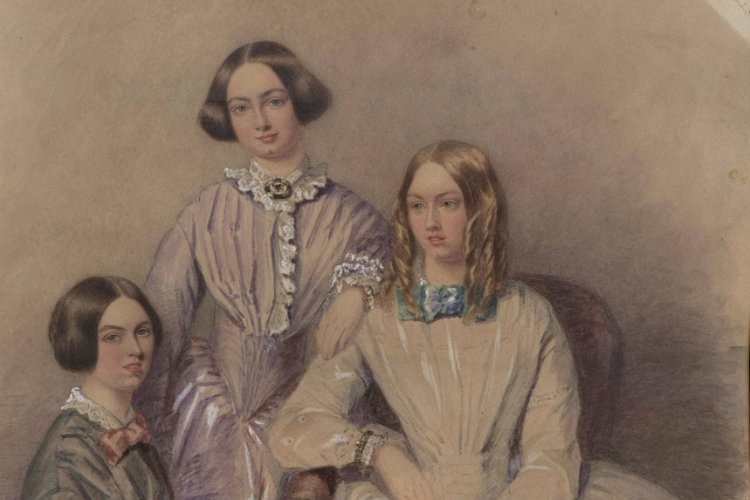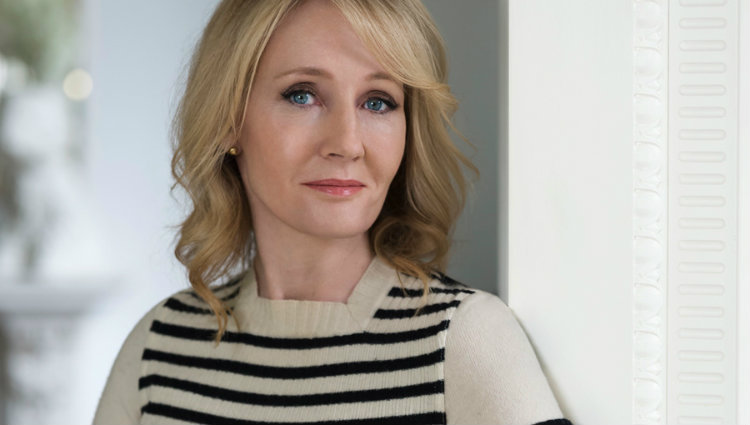International Women’s Day | Author Pseudonyms
One of my favourite jokes in Blackadder occurs in the episode titled “Ink and Incapability” of Blackadder the Third in which Blackadder mentions to Baldrick that he wrote his novel under a female pseudonym because “everybody’s doing it these days: Mrs Radcliffe, Jane Austen…”
BALDRICK: Jane Austen’s a man?
BLACKADDER: Of course. A huge Yorkshireman with a beard like a rhododendron bush.
BALDRICK: Quite a small one, then.
BLACKADDER: Compared to Dorothy Wordsworth’s, certainly.
In reality, though, it was far more likely for a female author to use a male pseudonym than vice versa. The reasons for this are manifold throughout the ages but most obvious of all initially was a tendency for female authors to be looked down on by male critics. Indeed, Charlotte Bronte, who initially published Jane Eyre under the pseudonym Currer Bell, wrote “we had a vague impression that authoresses are liable to be looked on with prejudice; we had noticed how critics sometimes use for their chastisement the weapon of personality, and for their reward, a flattery, which is not praise.”
The “we” referred to above is Charlotte and her sisters, Anne and Emily. Anne wrote under the pseudonym of Acton Bell, while Emily wrote under the name of Ellis Bell. All three sisters kept their initials and eventually, their novels were published under their own names.

Another author, Mary Anne Evans, published novels under the pseudonym George Eliot. In total she wrote seven novels including Middlemarch, Silas Marner and The Mill on the Floss. She wrote under a male pen name, she said, to ensure that her works would be taken seriously. Although female authors were being published under their own names at that time, Eliot wanted to escape the stereotype that women just wrote light-hearted romances. It’s interesting in retrospect to note that such heavyweight male authors as Julian Barnes and Martin Amis have described Middlemarch as the greatest novel in the English language.
Closer to modern times we have the case of Alice Bradley Sheldon who wrote science fiction under the pen name of James Tiptree Jr. In an interview she said that she chose a male name because it “seemed like good camouflage. I had the feeling that a man would slip by less observed. I’ve had too many experiences in my life of being the first woman in some damn occupation.” It’s interesting that Sheldon should have felt the need to do this but she was a successful science fiction writer – so much so that she won several awards including a Hugo for her 1974 novella, The Girl Who Was Plugged In and several Nebula awards. Her secret wasn’t discovered until 1976 when she was 61. Throughout her career she was referred to as an unusually macho male and as an unusually feminist writer (for a male). Indeed, fellow writer Robert Silverberg once argued that Tiptree could not possibly be a woman while Harlan Ellison, when introducing Tiptree’s story for his anthology Again, Dangerous Visions wrote that “[Kate] Wilhelm is the woman to beat this year, but Tiptree is the man.” Suitably, the James Tiptree Jr. Award is given annually in her honour to works of science fiction and fantasy that expand or explore one’s understanding of gender.
In April 2013, publisher Little Brown published The Cuckoo’s Calling, the debut novel of Robert Galbraith who, according to the publisher, was “a former plainclothes Royal Military Police investigator who had left in 2003 to work in the civilian security industry.” The novel sold well and received acclaim from other crime writers and critics. It was described as “a stellar debut” by Publishers Weekly. Of course, as we all know, Robert Galbraith turned out to be a pseudonym of the slightly better known author JK Rowling. She did this, she says, in order to see how far she could get without relying on the success she already had. In an interview with CNN Rowling said “Sadly, in certain genres, it still helps to be a man – particularly in crime or science fiction. Sometimes it’s easier to be taken seriously as a man, and J.K. Rowling is in a difficult position as her reputation means that her work can’t be judged on merit alone.”

Even more interesting, or rather depressing, is the fact that Rowling’s publishers suggested she use her initials JK instead of her full name as the target audience of young boys might not want to read a book written by a woman. If publishers are already pigeonholing readers at that age, is it any wonder that there are female authors out there trying to subvert gender expectations? Using your initials is one method of doing this. Authors such as CJ Cherryh, AM Barnard (Louisa May Alcott), JD Robb (Nora Roberts) and so on. The question we, as readers, need to ask ourselves is why when we see an author with initials do we automatically assume they are male and, probably, white (though that’s a different issue and outside the remit of this article).
The truth of the matter is that although women are more likely to read books than men, and much more likely to read diversely, the publishing industry is still very male centric. According to a piece in the Huffington Post “There is plenty of statistical evidence to show that adult women read more novels than men, attend more book clubs than men, use more libraries than men, buy more books than men and probably write more works of fiction than men. If, as a demographic they suddenly stopped reading, the novel would disappear.”
Think about that for a second. The novel would disappear. And yet throughout the ages female writers have felt (and still do feel) the need to hide their gender – and sometimes because publishers place more worth in the value of male readers than female readers. I look at my bookshelves and I’m embarrassed to admit that I’ve fallen for this. I would say that the majority of books that I own are written by men. This wasn’t a deliberate choice by me. These were the books and writers I was drawn to within the genres I grew up loving: horror, science fiction, fantasy, crime etc. These are the authors that were getting top billing in the book shops, the books that were being marketed prominently. Lately I’ve become very much aware of this and it has caused me to be very deliberate in the books that I choose to buy. Indeed, this year one of my reading challenges is to read, outside of any book club choice, only female authors. In a recent Twitter exchange with writer Adiba Jaigridar I told her that I also wanted to read more BAME female writers and she very kindly provided me with an extensive list of authors I should try.
There’s a whole wonderful world of writers out there and the best way I can think of to pay them back is buy their books and read them.

